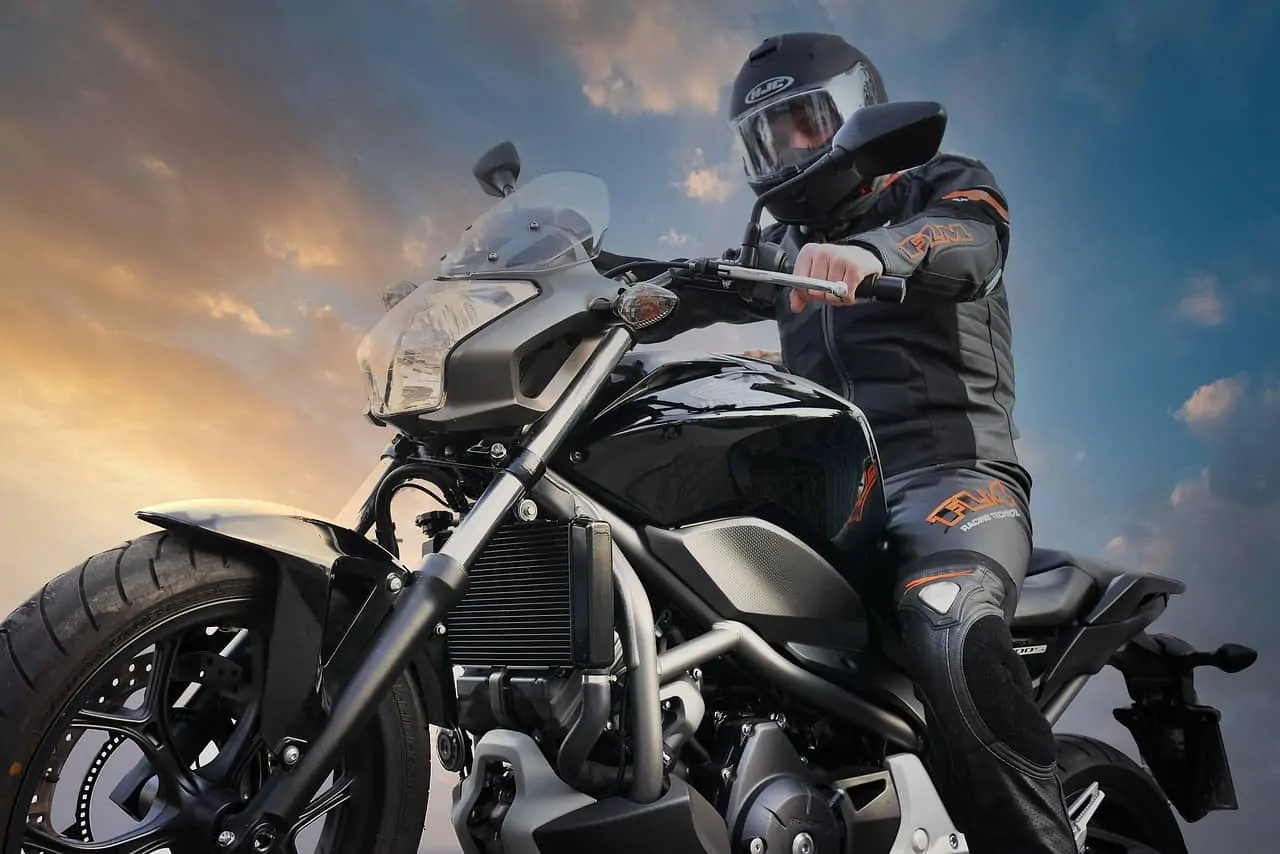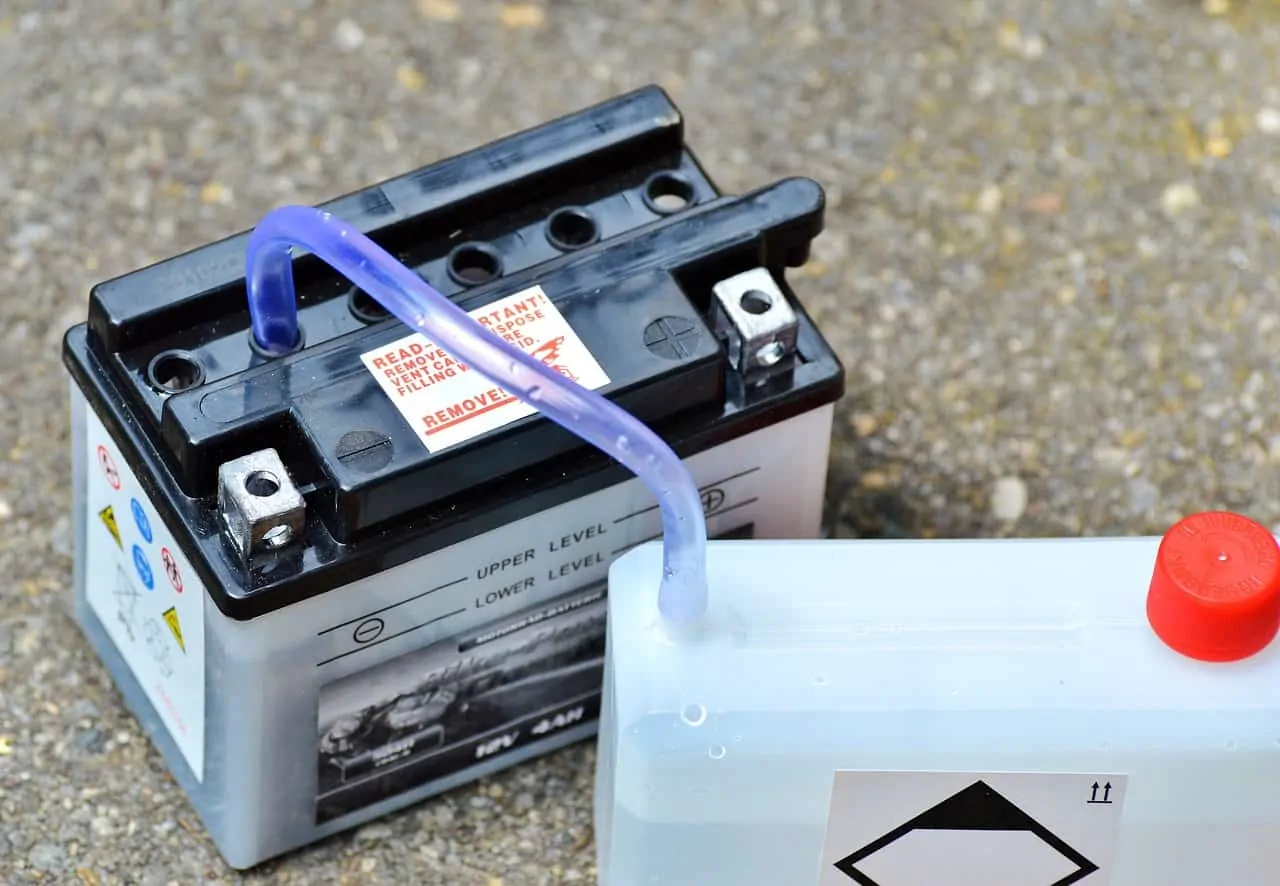Charging a motorcycle battery is one of the most fundamental maintenance skills you should know as a motorcycle owner.
There are different types of motorcycle batteries that get recharged in different ways. The average time to fully charge a motorcycle battery ranges anywhere between half an hour to 24 hours. The factors affecting the speed of charging include the battery capacity, the initial battery charge, the voltage output of the charger, the type of charger you use, and the temperatures of both the charger and the motorcycle battery.
Keeping your battery charged ensures that you won’t end up with a dead battery in the middle of nowhere. This also keeps the battery cells active to prevent them from “dying” due to the lack of electrolytes.
When Should You Charge Motorcycle Batteries?
If you intend to store your motorcycle battery for a long time, like for at least a month or more, you can use a trickle charger. This keeps the battery at full capacity and removes any deposit that may accumulate in the battery cells.
If you only take your motorcycle out during the weekends, it is recommended to charge it weekly. Charging weekly keeps the cells active and prevents them from drying out.
Wet cell or lead-acid batteries need to be charged every week. Gel and absorbed glass mat (AGM) batteries need to be charged every two weeks. Lithium-ion batteries can last longer without needing to be recharged.

Types Of Battery Chargers
Gel, absorbed glass mat (AGM), and lead-acid batteries can be charged using conventional battery chargers. Lithium-ion batteries need a special type of charger that can be bought from the manufacturer itself.
There are different types of battery chargers to cater to different charging needs. All of these are available at different amperages. While it is faster and more convenient to charge at high amperage, it inflicts so much strain on the battery cells and can cause long-term damages. Refer to the factory manual of your battery and buy a charger that matches the specifications.
Trickle Chargers
This is the simplest and most universal type of battery charger. It converts AC power into DC and then pumps it into your battery at a slow rate. It will only stop pumping once it is turned off. As such, you must keep a close eye on it to prevent your motorcycle battery from overcharging.
Float Chargers
Float chargers are more convenient than trickle chargers because they are equipped with an automated system that turns it on when your battery needs to be charged and off when it is already full. These chargers also have an automatic desulfation mode that prevents deposits and keeps the battery charge at the optimal level.
Smart Charger
This is the most modern and convenient way to keep your battery charged. It monitors the battery health and then tailor-fits the response to what your battery specifically needs. It does so through varying electrical pulses and voltages so that the battery won’t get overwhelmed.
Overcharging often leads to bloated cells and irreversible damage, like curved plates and bloated cells. Overcharging can be prevented by using a smart charger as it automatically moderates the flow of energy.
Types Of Motorcycle Batteries
There are four main types of motorcycle batteries, each with different charging times and battery maintenance routines.

Lead Acid Or Wet Cell Battery
This type charges quickly. You’ll need to top up the distilled water before you charge it. There are some sealed versions that no longer need to be refilled with distilled water. This battery is also more resistant to overcharging.
The best charger for this type of battery is a smart charger because it can adjust to the fluctuations in the levels of distilled water.
You can also use a trickle charger provided that you don’t exceed the amp hours of the motorcycle battery. You can calculate the amp hours by taking the total amp value of the battery and then dividing it by the amp setting of the charger. The charger amp shouldn’t exceed more than a tenth of the battery’s value. For example, if you have a 14-amp battery and a 2-amp charger, you can leave the charger plugged for no more than 7 hours.
Gel Battery
This type charges slowly but requires little to no battery maintenance because it is a sealed battery type. It can handle motorcycle vibrations better than lead-acid batteries. This is also better as it doesn’t release hydrogen gas while being charged. Be careful when charging this battery because it is susceptible to damage when overcharged.
Absorbed Glass Mat (AGM)
This is another maintenance-free type of motorcycle battery. It charges quickly. This also doesn’t give off hydrogen gas while being charged. AGM batteries can hold charges well so they can last for a longer period of time without being recharged.
Its downsides include the sensitivity to heat, potential damage once discharged at eight percent, and its sensitivity to damages once overcharged.
Lithium-Ion Battery
The li-on battery is the most modern release in the world of motorcycle batteries. It charges really quickly and is lighter than the previous types. This is also more durable and has a slower discharge to ensure longevity. The only downside is its sensitivity to voltage changes and this is usually more expensive than the other batteries. The li-on battery is best paired with a smart charger.
Tips For Charging Your Battery
Battery care and maintenance play a huge role in the lifespan of your motorcycle battery. Charging the battery is not as simple as plugging a charger in and leaving it be.

Refer To The Manual
The battery manual contains all the information and care guidelines you’d need to effectively charge it. This indicates the voltage capacity, the required amperage to charge it, and other care instructions. You should also read the manual for the battery charger itself.
Take The Battery Out
Some motorcycle riders take the easy route by plugging in the charger without removing the battery from the motorcycle first. This is actually harmful because charging a motorcycle is an exothermic process. This means that it will release a lot of heat and some other chemical byproducts (most commonly hydrogen) that can clog up your motorcycle compartment. The trapped heat can damage some of the cells.
Make sure to take out the battery and place it in a well-ventilated area before charging. This process is definitely tiresome but it is worth it because it will extend the shelf life of your battery.
Use The Correct Charger
Smart chargers are highly recommended because they are low-maintenance and make charging effortless. They regulate the battery charge levels to prevent overcharging. I personally use NOCO GENIUS2 Fully-Automatic Smart Charger (check it on amazon – here).
If you intend to use a trickle charger with pigtail adapters, make sure to keep a close eye on the battery to prevent overcharging. The same thing applies to float chargers. There are so many irreversible damages that can be caused by overcharging.
